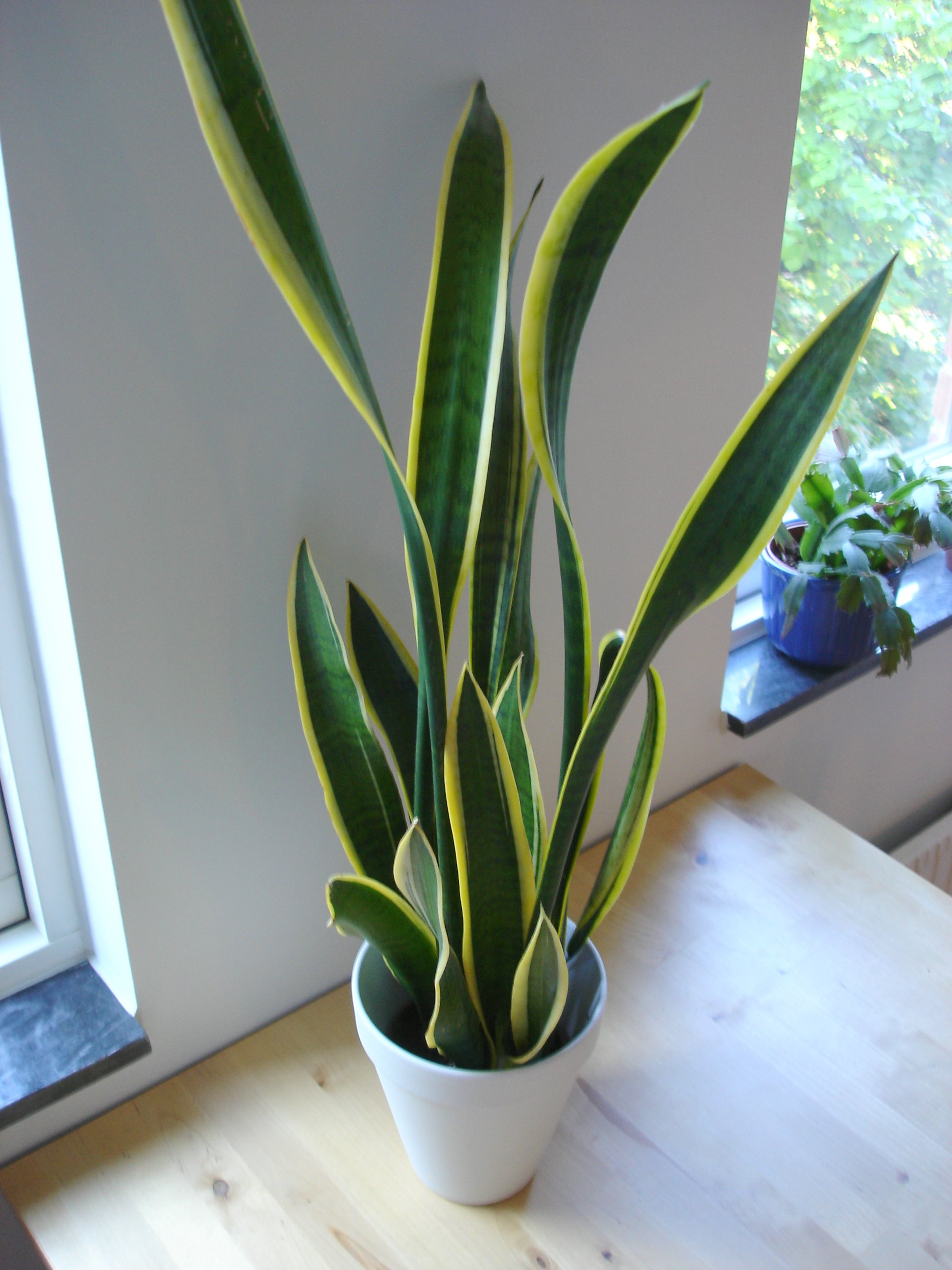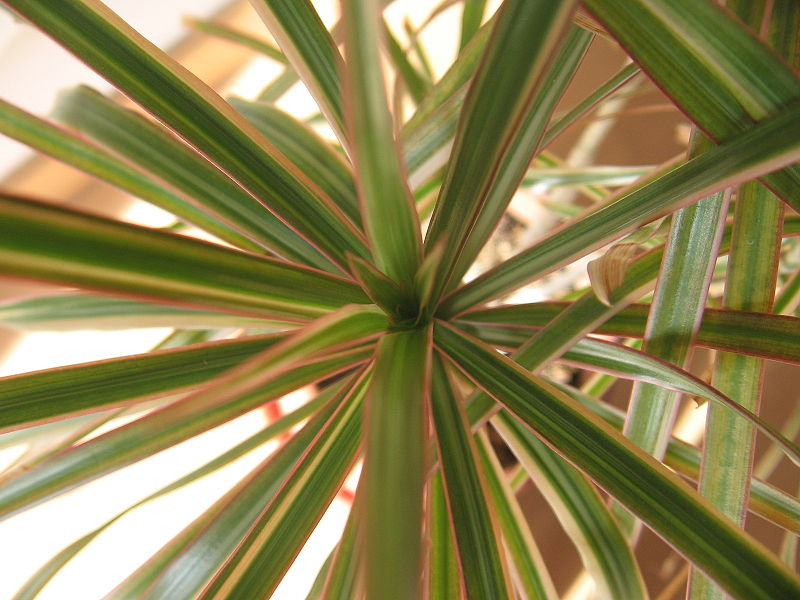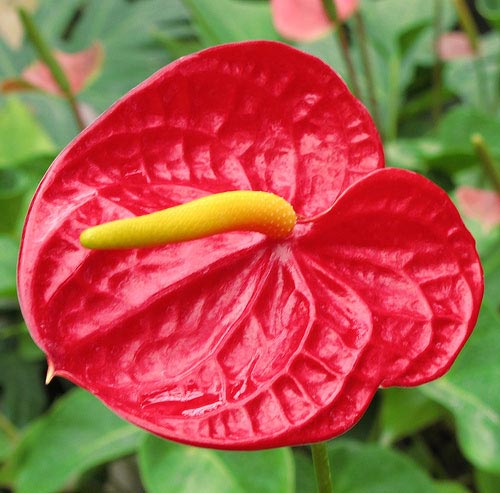Natural Remedies: Benefits of Plants
Whether your house is old or new it could be contaminated with unhealthy and invisible toxins. Emissions from paint, plastics, carpets, cleaning solutions, and numerous building materials cause these toxins to accumulate inside. It’s especially important in the Seattle area, where windows and doors remain closed due to winter weather to filter your air. Contaminated air can cause many different vague and obscure symptoms. These can include: allergies, sensory irritation of the eyes, nose, and throat; or even neurotoxic or general health problems.
There is a simple, efficient way to combat this! Plants can filter your air as well if not better than electric air filters! NASA and the Associated Landscape Contractors of America compiled the first list of air-filtering plants in 1989 as part of the NASA Clean Air Study. This study focused on ways to clean air in space stations. They found that plants have amazing air-filtering capabilities!
Three major toxins found indoors are:
- Formaldehyde can be found in carpets, upholstery, glues, and paint
- Benzene can live in plastics, synthetic fibers, lubricants, rubber, and pesticides
- Trichloroethylene resides in paint removers, rug cleaning solutions, and adhesives
Mold, pollen, pet dander, and dust mites may contribute to the body’s increased toxic load when the above toxins are present.
Check out the list of six super plants that can help keep your air clean and breathable at home and in your office!
- Peace Lily (Spathiphyllum) – Filters trichloroethylene, ammonia, benzene, formaldehyde, xylene ,and toluene
 2. Florists Chrysanthemum (Chrysanthemum morifolium) Filters trichloroethylene, ammonia, benzene, formaldehyde, xylene and toluene
2. Florists Chrysanthemum (Chrysanthemum morifolium) Filters trichloroethylene, ammonia, benzene, formaldehyde, xylene and toluene 3. Devil’s Ivy (Epipremnum aureum) Filters benzene, formaldehyde, carbon monoxide, xylene, and toluene
3. Devil’s Ivy (Epipremnum aureum) Filters benzene, formaldehyde, carbon monoxide, xylene, and toluene  Variegated Snake Plant (Sansevieria trifasciata) Filters benzene, formaldehyde, xylene, toluene, and benzene
Variegated Snake Plant (Sansevieria trifasciata) Filters benzene, formaldehyde, xylene, toluene, and benzene
- Red Edged Dracaena (Dracaena reflexa) Filters benzene, formaldehyde,xylene, toluene and benzene

- Flamingo Lily (Anthurium andraeanum) Filters formaldehyde, xylene, toluene and ammonia

How many plants does your house need?
- NASA researchers suggest efficient air cleaning is accomplished with at least one plant per 100 square feet of the home or office
- In a 2,000 square foot house, bring in 15-20 plants in 6-inch pots or larger. Rather than scattering single plants, create group displays in each room for a great look and maximum air quality. Adjust accordingly for larger or smaller homes.
Caution Tip: Make sure to ask which plants can be toxic to pets before your purchase.
⎯⎯⎯⎯⎯⎯⎯⎯⎯⎯⎯⎯⎯⎯⎯⎯⎯⎯⎯⎯⎯⎯⎯⎯⎯⎯⎯⎯⎯⎯⎯⎯⎯⎯⎯⎯⎯⎯⎯⎯⎯⎯⎯⎯⎯⎯⎯⎯⎯⎯⎯⎯⎯⎯
Interested in seeing a Naturopathic Doctor for your health? Please schedule an appointment below or give us a call at: 206-899-6000
AppointmentsWe are able to service the below areas virtually through telemedicine:
Auburn, Bellevue, Bellingham, Burien, Covington, Des Moines, Edmonds, Everett, Federal Way, Kirkland, Lynnwood, Maple Valley, Normandy Park, Olympia, Puyallup, Renton, SeaTac, Seattle, Snohomish, Spokane, Tacoma, Tukwila, or any city in Washington State.

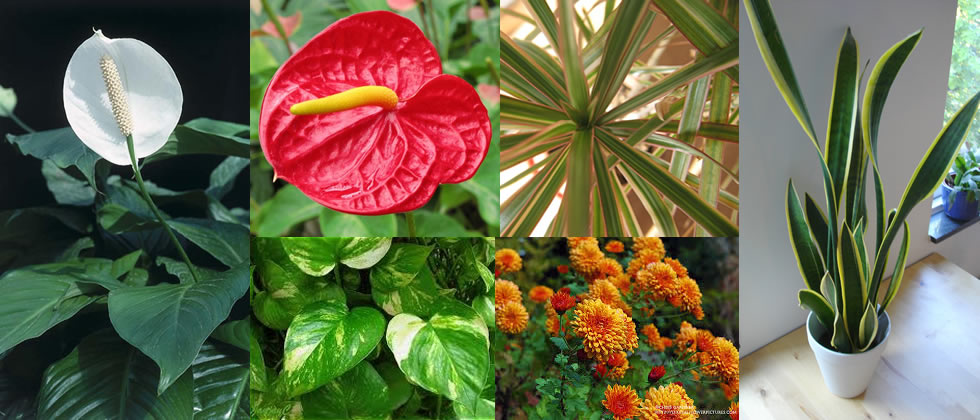
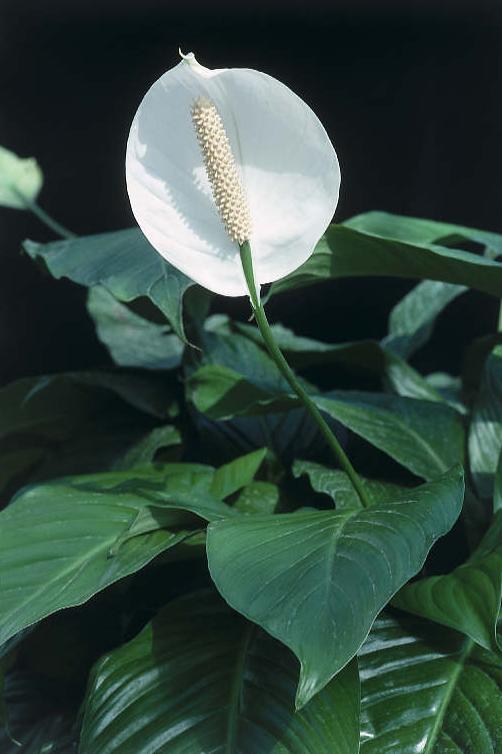 2. Florists Chrysanthemum (Chrysanthemum morifolium) Filters trichloroethylene, ammonia, benzene, formaldehyde, xylene and toluene
2. Florists Chrysanthemum (Chrysanthemum morifolium) Filters trichloroethylene, ammonia, benzene, formaldehyde, xylene and toluene 3. Devil’s Ivy (Epipremnum aureum) Filters benzene, formaldehyde, carbon monoxide, xylene, and toluene
3. Devil’s Ivy (Epipremnum aureum) Filters benzene, formaldehyde, carbon monoxide, xylene, and toluene Variegated Snake Plant (Sansevieria trifasciata) Filters benzene, formaldehyde, xylene, toluene, and benzene
Variegated Snake Plant (Sansevieria trifasciata) Filters benzene, formaldehyde, xylene, toluene, and benzene